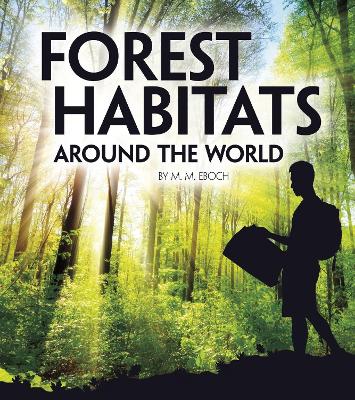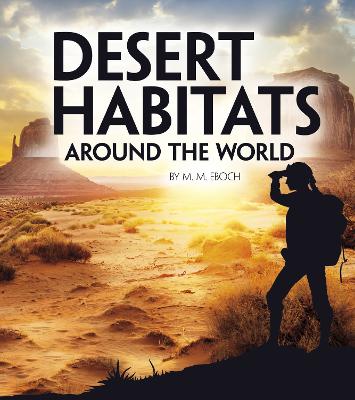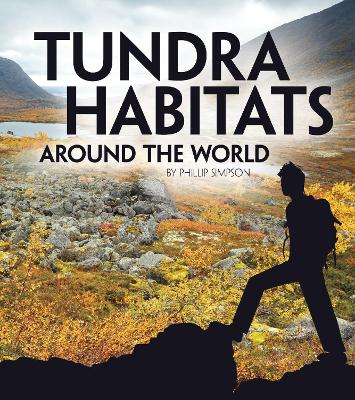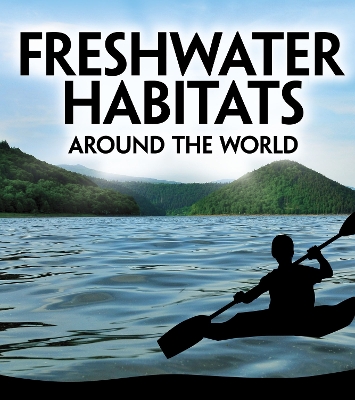Exploring Earth's Habitats
7 total works
From the savannahs of Africa to the prairies of North America, large grasslands are found on every continent except Antarctica. Learn about the geography and resources of grassland habitats as well as how animals and people have adapted to and changed grassland environments. Explore this habitat's future and what people can do to help keep it safe.
Exploring Earth's Habitats Pack A of 6
by M M Eboch, Victoria G. Christensen, and Phillip Simpson
Published 25 June 2020
Our world is made up of many different habitats. In this series, readers learn about the animals, plants, climate and geography of each habitat. Readers will understand what makes each habitat unique, why people live in each habitat, as well as what each habitat's future might look like.
From spiders and frogs to deer and bears, temperate forest habitats provide just the right kinds of shelter and weather for a large variety of plants and animals. Learn about the geography and resources of temperate forest habitats as well as how animals and people have adapted to and changed forest environments. Explore this habitat's future and what people can do to help keep it safe.
Did you know that Antarctica is the largest desert in the world? It receives so little rain or snow that it is almost as dry as the Sahara! Whether cold, hot or somewhere in between, a third of the Earth's land is desert. Learn about the geography and resources of desert habitats as well as how animals and people have adapted to and changed desert environments. Explore this habitat's future and what people can do to help keep it safe.
What would happen if the frozen Arctic completely melted? Certain plants and animals rely on the dry and cold tundra environments. The tundra habitat includes both the flat regions of the Arctic and the alpine heights of mountains. This habitat acts as a source of food and a climate suitable for the plants and animals that live there. Learn about the geography and resources of tundra habitats as well as how animals and people have adapted to and changed tundra environments. Explore this habitat's future and what people can do to help keep it safe.
Did you know that most of the Earth's oxygen comes from its marine habitats? The marine habitats are the largest in the world. They includes the five main oceans and are a source of food, air and water for plants, animals and people all over the world. Learn about the geography and resources of marine habitats as well as how animals and people have adapted to and changed marine environments. Explore this habitat's future and what people can do to help keep it safe.
Imagine life on Earth without water. Could you live in such a world? Today, almost all life on Earth relies on water, including plants and animals. Freshwater habitats include lakes, rivers, wetlands, ice and even water trapped in the ground. This habitat acts as a source of food, air and water for plants, animals and people all over the world. Learn about the geography and resources of freshwater habitats as well as how animals and people have adapted to and changed freshwater environments. Explore this habitat's future and what people can do to help keep it safe.






